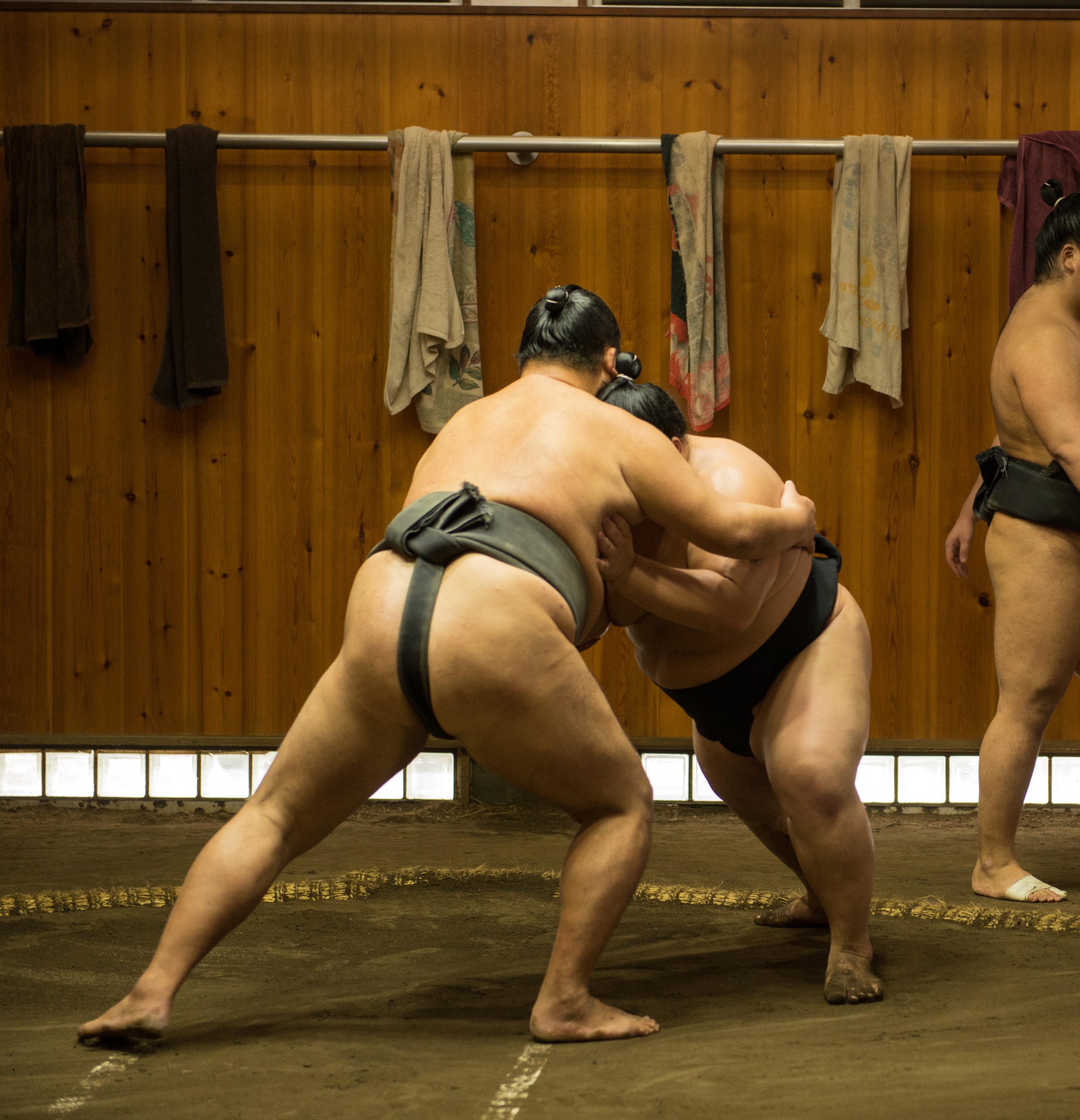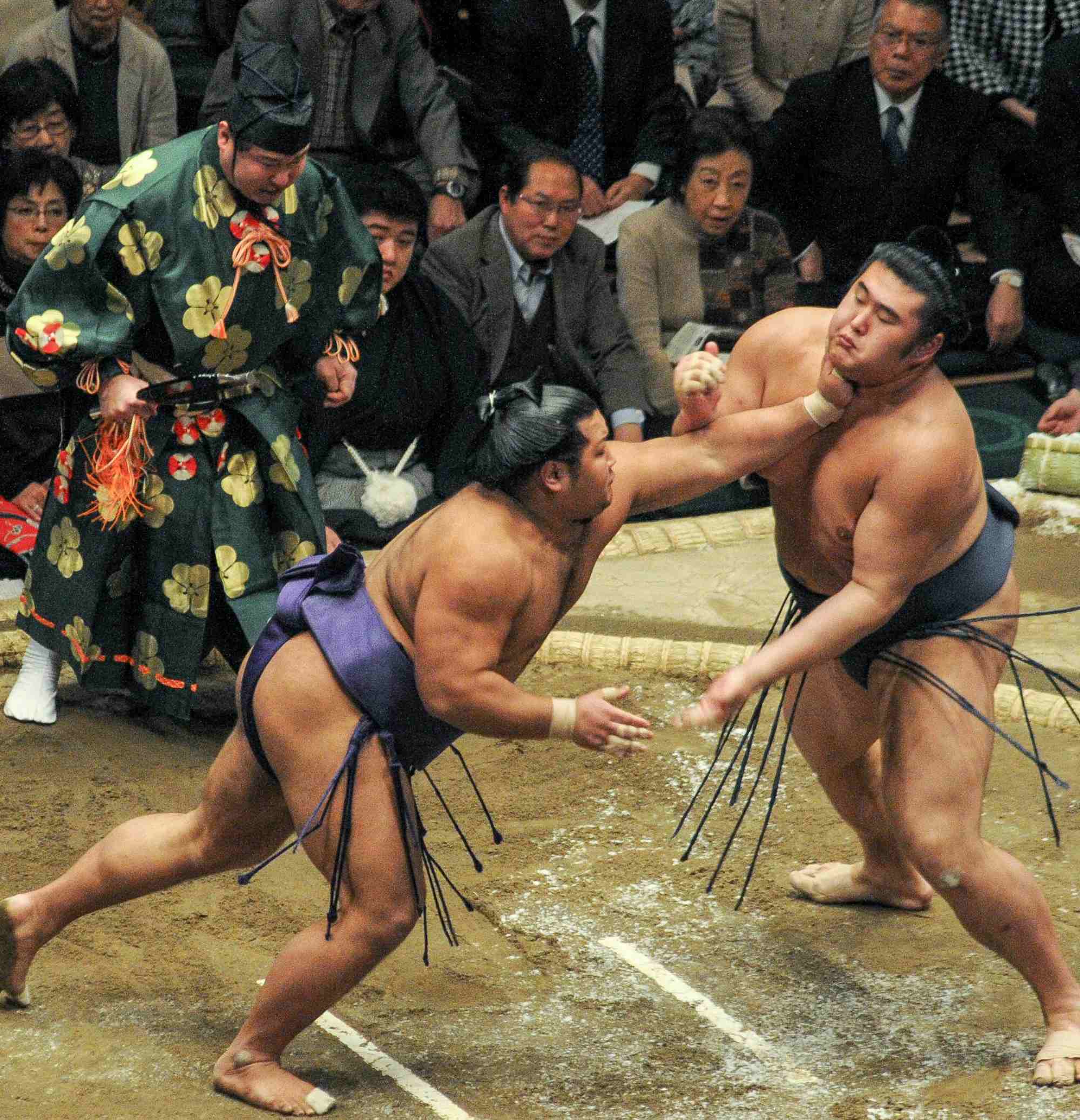
Morning Training Viewing
For an unforgettable cultural experience in Japan, head to Ryogoku, Tokyo’s iconic sumo neighbourhood, where you can witness a morning sumo training session at a traditional sumo stable (heya).
This rare opportunity offers an up-close look at Japan’s national sport in its most authentic setting. Watch professional sumo wrestlers as they go through their intense rituals—demonstrating strength, discipline, and centuries-old traditions.
Set in the intimate surroundings of a working sumo stable, this immersive Ryogoku experience gives travelers unique insight into sumo’s history and daily life—far beyond what’s seen in the tournament ring.
Whether you’re a culture enthusiast or simply curious about authentic Japanese traditions, visiting a sumo training session in Tokyo is one of the most memorable and unique things to do in Japan.
Don’t miss this rare glimpse into the heart of sumo in Ryogoku, Tokyo.
Notes:
- Not available for children under the age of 10.
- Seats are unavailable. You will have to sit on tatami matting.








